Ever been to a place and got amazed by the choice of color? One can quote both awful and mesmerizing examples to answer that question. There is an entire science behind what makes one’s choice of colors bizarre or sensible. The architectural and interior design consists of the combination of many interrelated elements comprising space, texture, form, light, structure, and color. Unfortunately, the one ingredient in the interdependent mix of design elements that is mostly excused or left as an afterthought is a color. To avoid this, one needs to approach color selection as an integral essence of the home plan design rather than something that is applied superficially later.
The most fundamental theory of color harmony in interior design is to make sure that the colors in any color scheme share some common traits or attributes like Hue, value, and saturation.
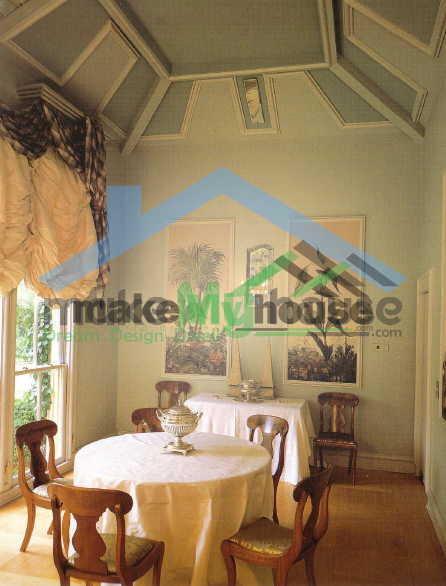
Colors in Interior Design
The possible color combinations and effects are limited only by the skill and imagination of the designer and thus an understanding of the use of color effectively becomes important in architectural and interior design.
The greatest challenge in color design in a home plan is being able to predict and control the result of a color scheme. Effective and thoughtful color selection can be a cheap yet strong element in any design. Color can change a person’s energy level, emotions, and sense of uniformity, or non-uniformity.
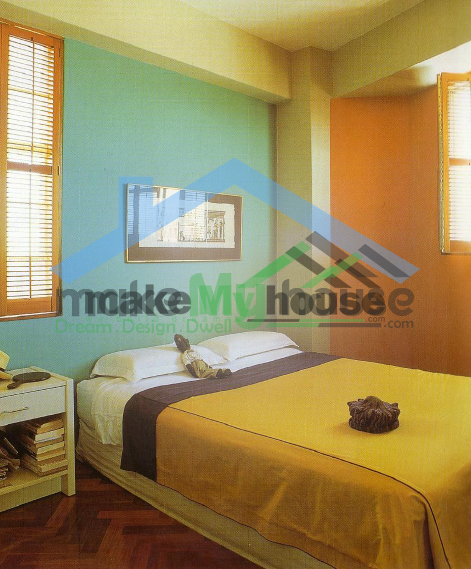
The choice of colors gives style to an interior and decides its ambiance, be it formal or informal, invitingly warm or oddly cool, feminine or masculine. A successful interior color design aims to be able to control these effects through the masterful use of color as a design tool itself.
Color expert and consultant Make My House offers her tips and advice on how to make the most of color in interiors. – https://www.makemyhouse.com
FIG 1,2 and 3 courtesy: Color by Design book by Johnathan Poore







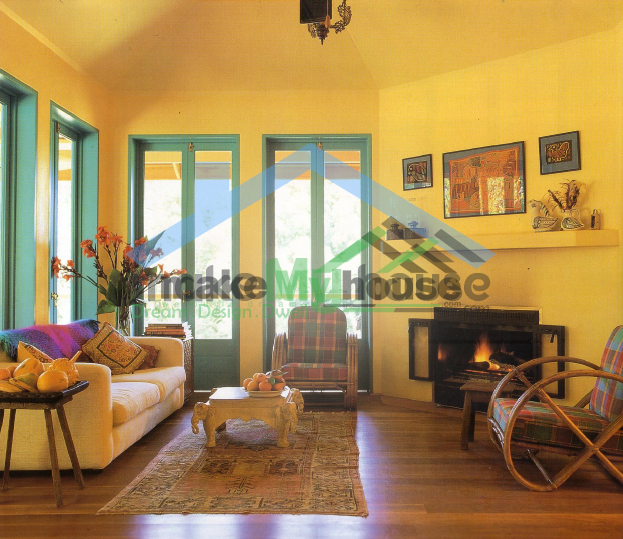

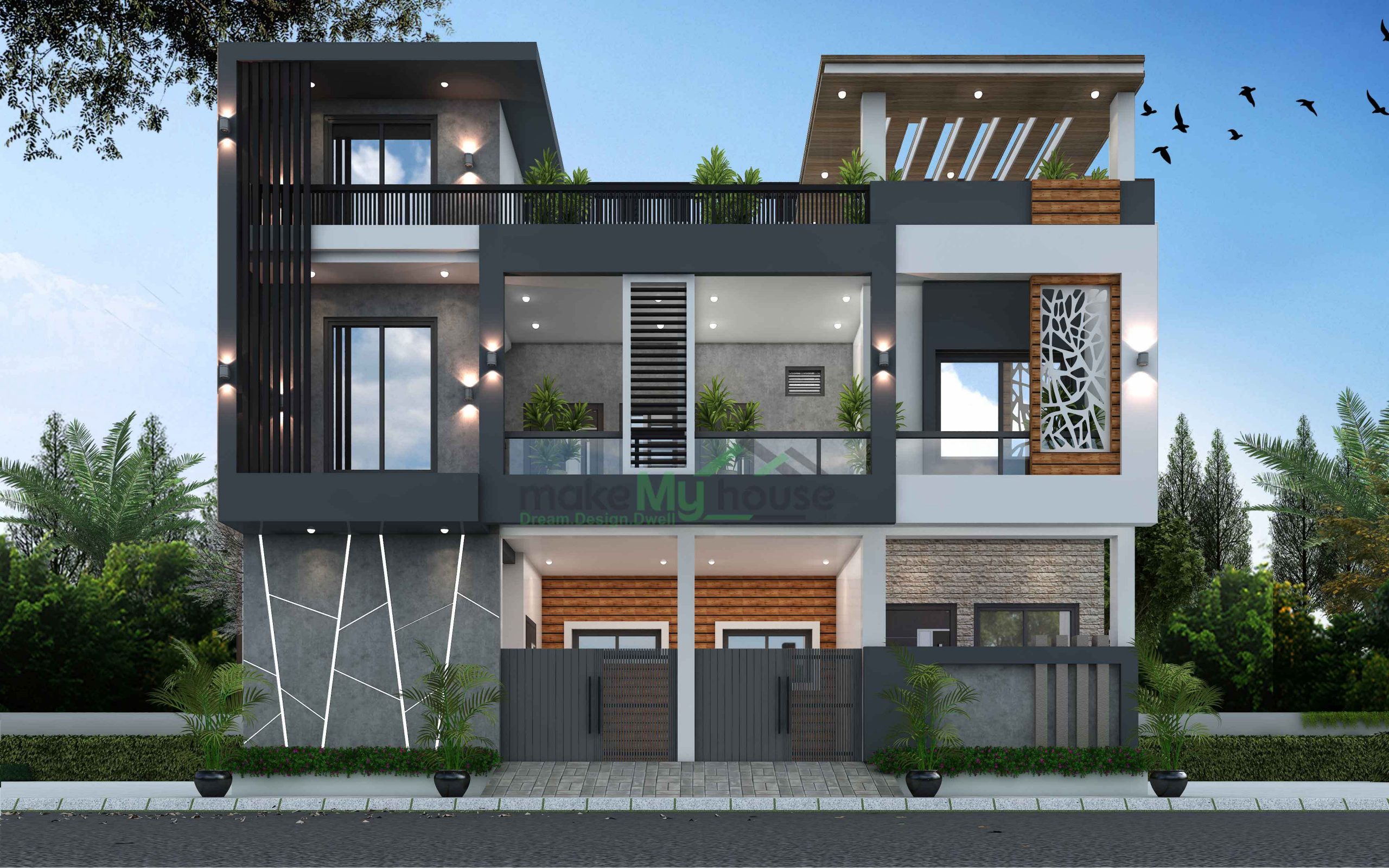
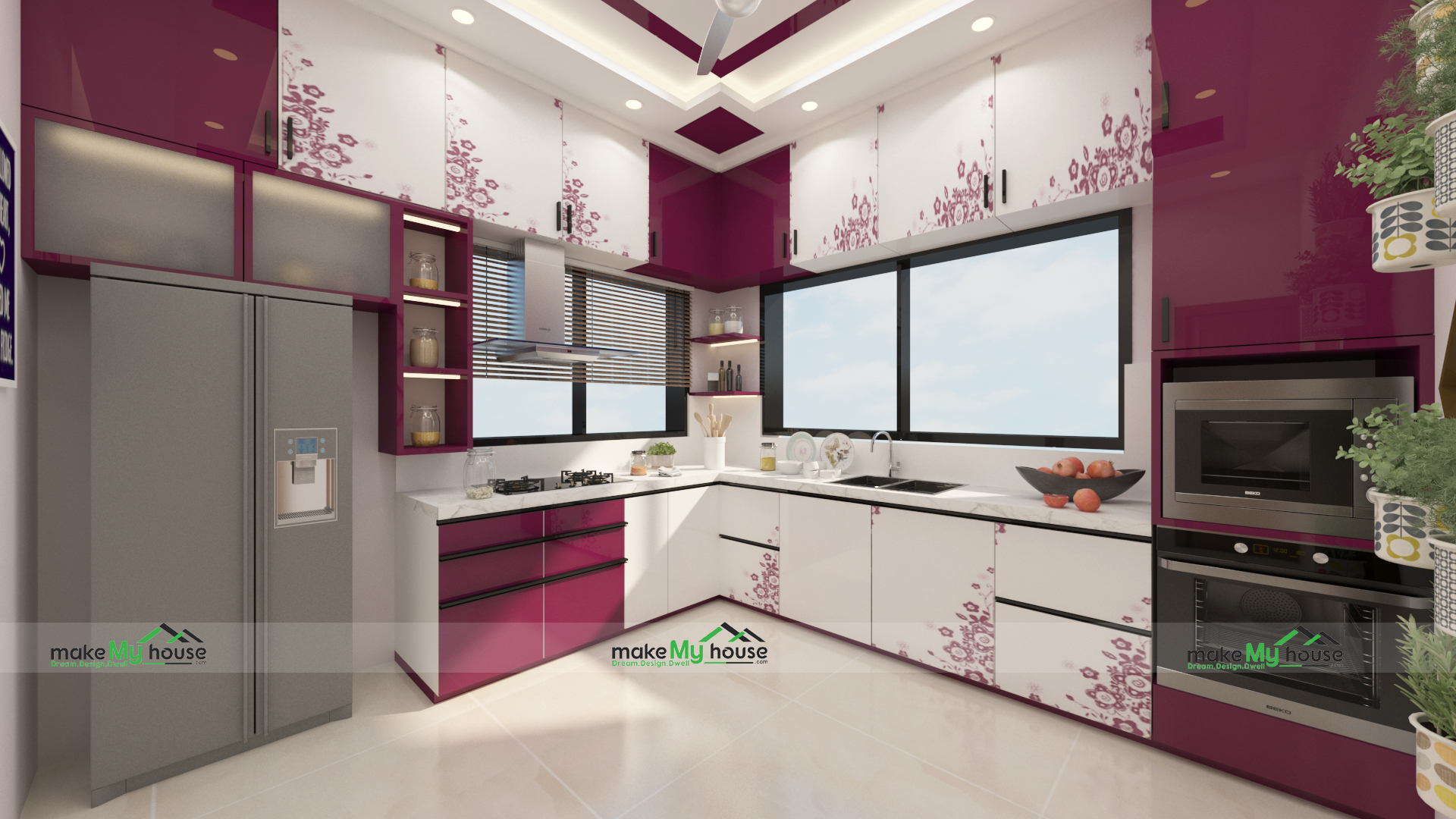

2 thoughts on “Importance Of Colours In Interiors | Home Plan & Design”